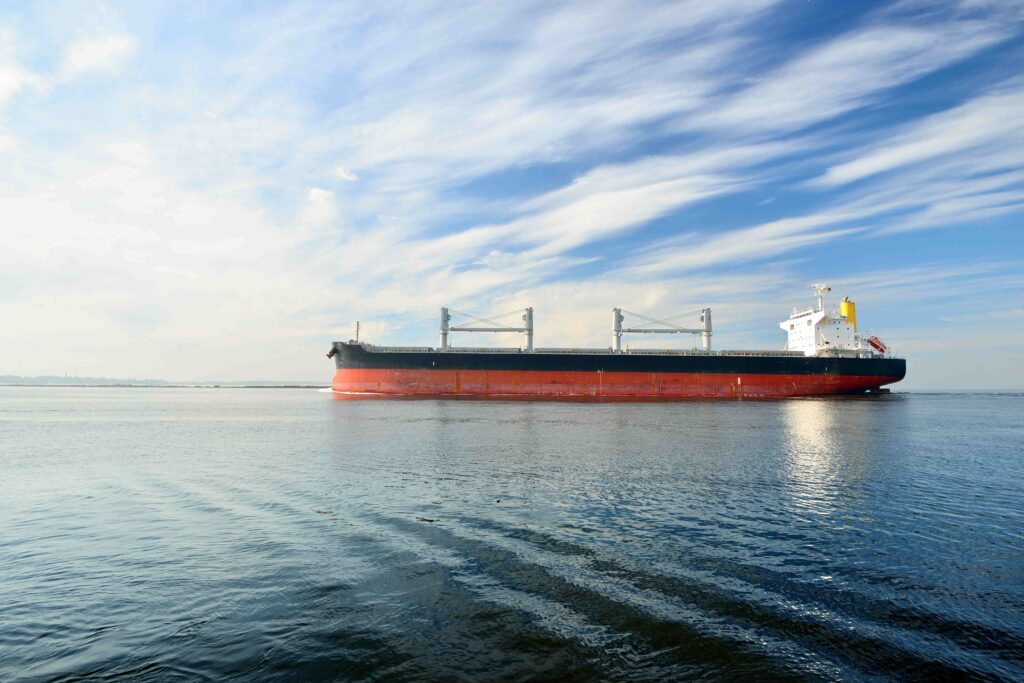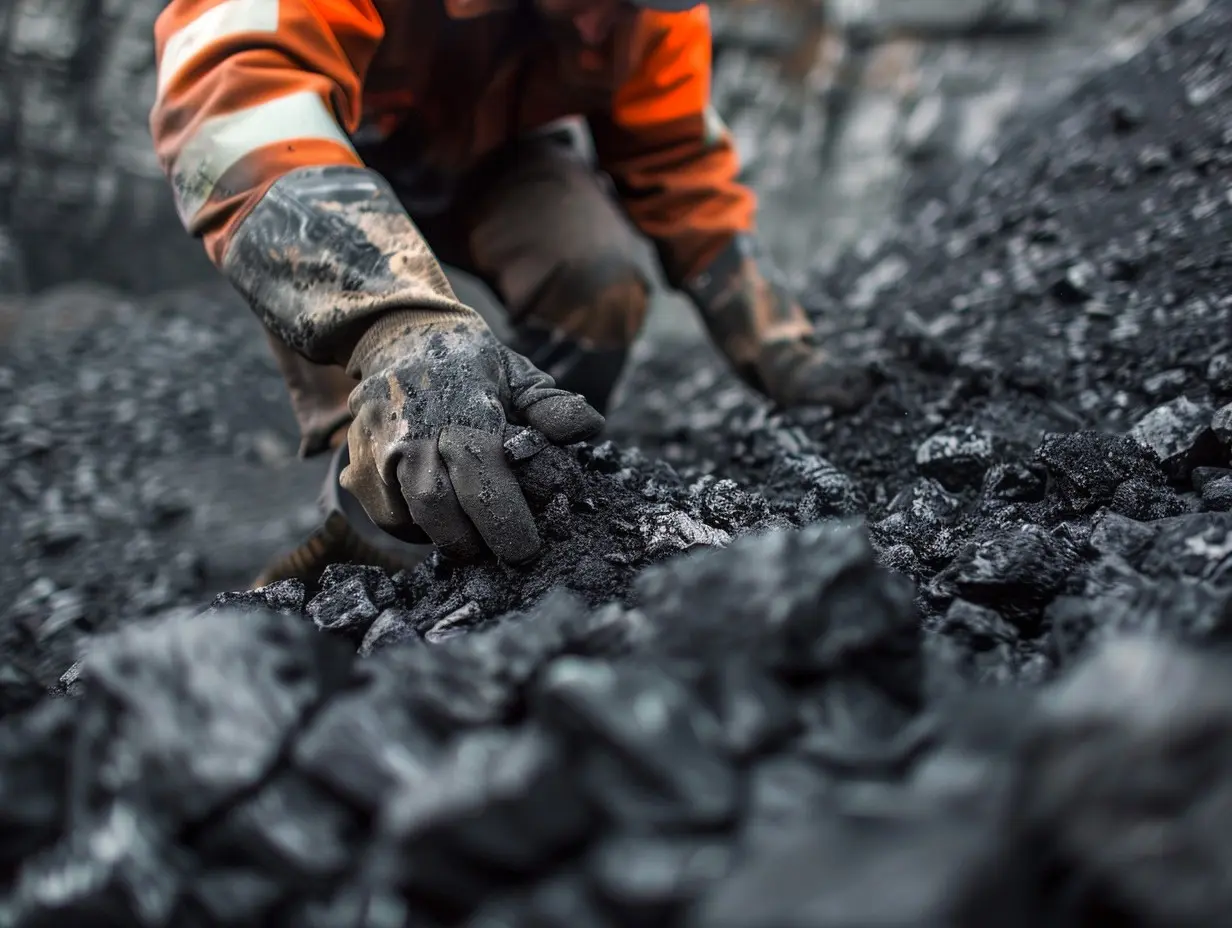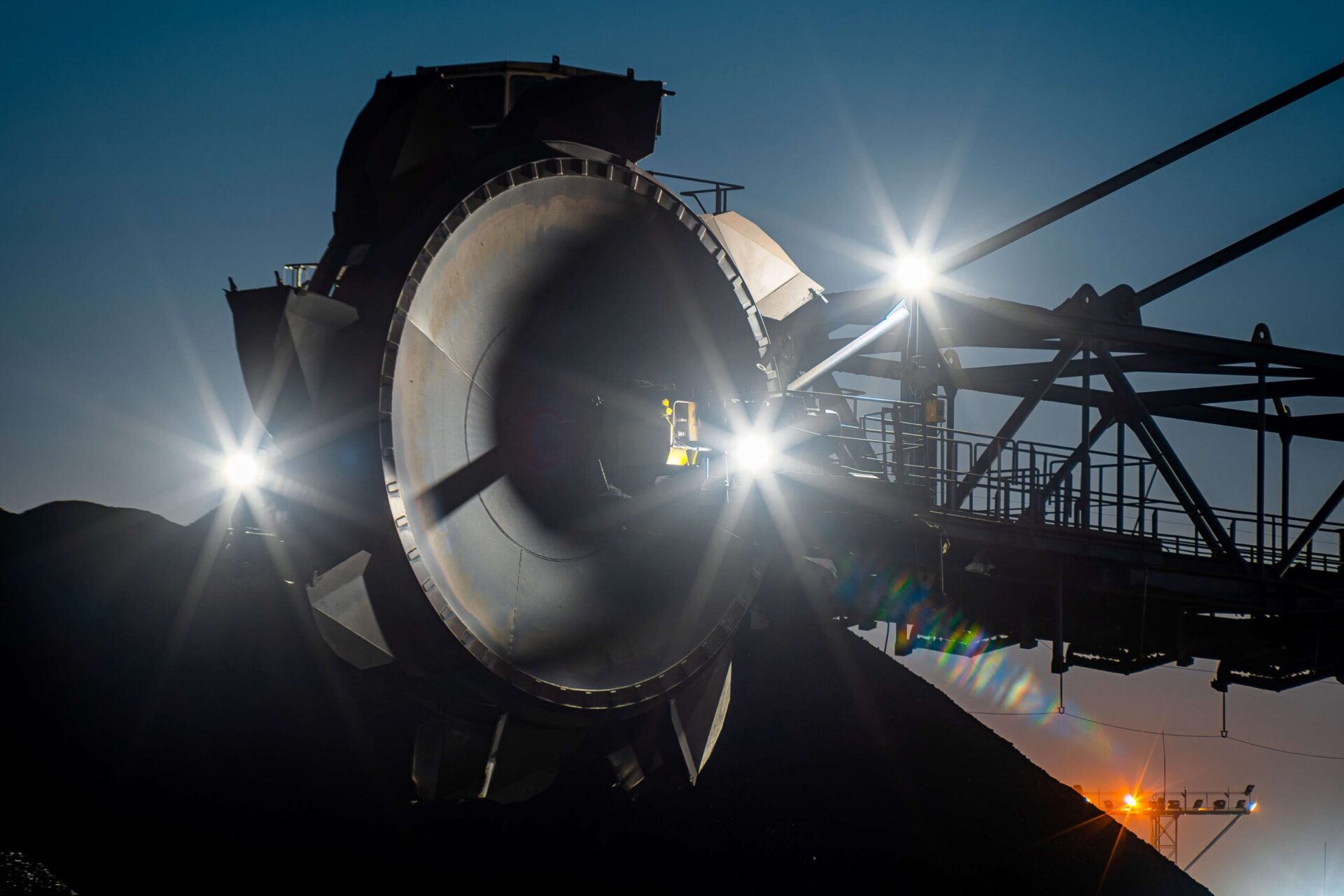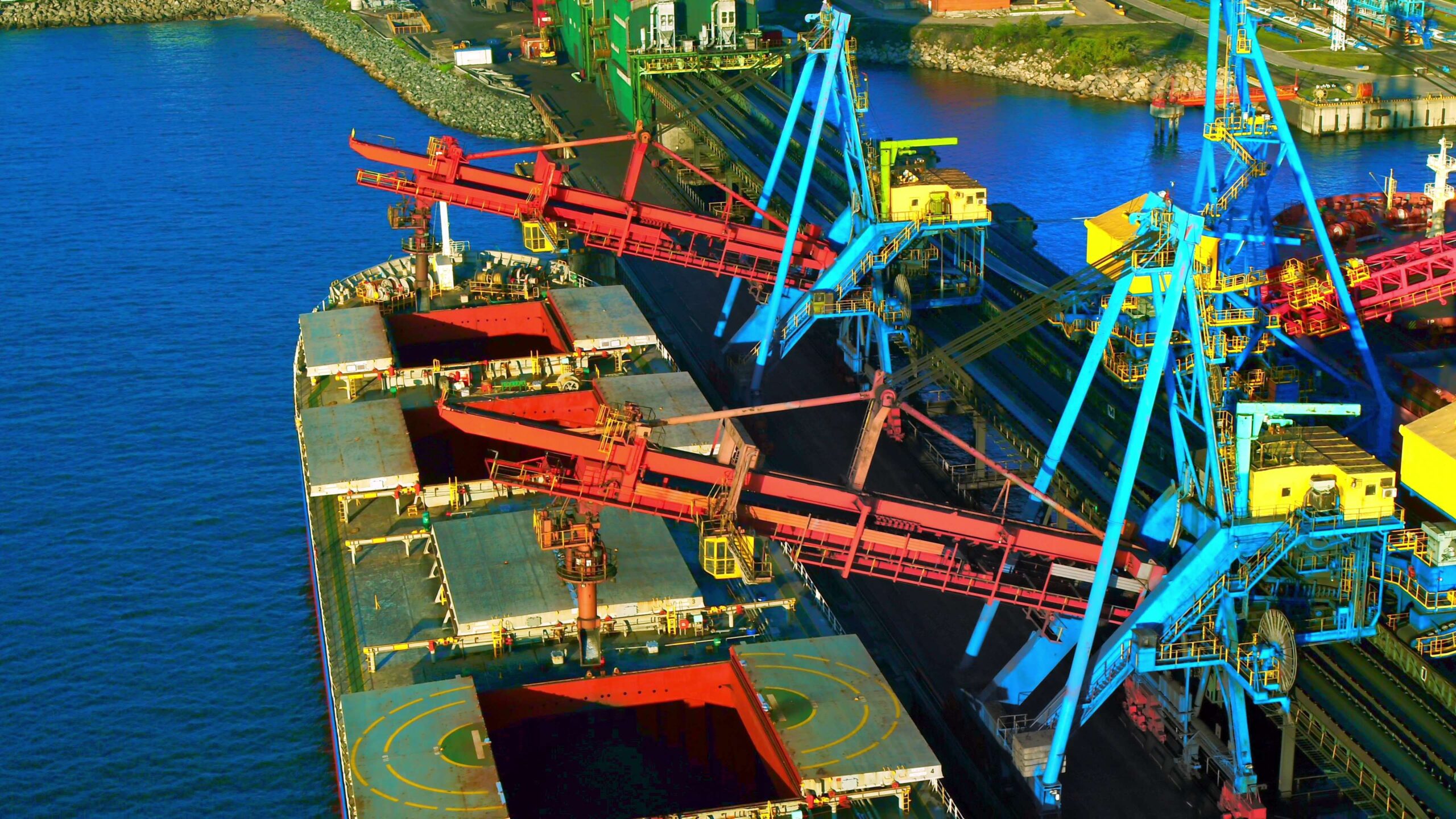

Last week thermal coal prices on the European market fluctuated in the range of 105-110 USD/t, having consolidated on Friday above 110 USD/t. Pressure on quotations continues to be exerted by such negative factors as lower temperatures in the region, increased RES generation, as well as correction in gas prices. Total stocks at ARA terminals remained unchanged at the level of 7 mio t.
Gas prices at the TTF hub decreased to 326 USD/1,000 m3 (-4 USD/1,000 m3 w-o-w). The EU’s UGS (underground gas storage) occupancy was 86%, well above the five-year average. In addition, European companies are returning to active utilization of Ukrainian UGS facilities.
South African High-CV 6,000 spiked above 105 USD/t, leveling off the lag behind European quotes.
Exports through Richards Bay Coal Terminal (RBCT) are recovering after scheduled maintenance of the rail line, while shipments are expected to grow up to 5 mio t in August (+1 mio t to July 2023). Meanwhile, exporters forecast truck deliveries to other ports and terminals, including Mozambique’s Maputo, to fall sharply to 8-9 mio t this year, down from 15-16 mio t in 2022, as FOB prices below 140-150 USD/t make such supplies economically unviable.
The IEA published a forecast showing that in 2023 South Africa’s production is expected to fall by 4.2% to 220 mio t, caused by reduced domestic demand, resulting from infrastructure issues and deteriorating technical condition of power plants.
In China, spot prices for 5,500 NAR at the port of Qinhuangdao dropped by 2 USD/t to 120 USD/t on the back of higher hydro generation and reduced cooling demand after temperatures fell with the arrival of typhoons. However, the typhoons also led to a temporary restriction on coal mining and transportation via the Daqin rail line from 1.3 mio t a week earlier to 0.3 mio t.
China’s eight major mining provinces, including Shanxi and Inner Mongolia, reported an increase in coal production in H1 2023 to 2.1 billion t (+0.08 billion t or +4% vs. H1 2022).
Coal stocks at 9 largest ports of China remained almost unchanged at the level of 25.7 mio t (-0.2 mio t w-o-w). Nevertheless, coal consumption at 6 largest thermal power plants decreased by 2% to 857 kt, while stockpiles rose to 14 mio t (+0.5 mio t w-o-w).
Indonesian 5,900 GAR strengthened to 91 USD/t (+3 USD/t w-o-w). Some Indonesian producers are planning to abandon spot supplies by the end of the year due to low prices and rising production costs. By limiting production, some producers are going to focus on fulfilling long-term contracts.
Bumi Resources, the country’s largest coal company, posted a sharp drop in H1 2023 profit despite revenue growth, attributed to declining coal prices and a significant increase in taxes. Despite the worsening performance, Bumi Resources, however, maintains its 2023 production guidance of 75-80 mio t.
In H1 2023, the country’s total coal production totaled 367 mio t. If current pace is maintained, the output may reach 734 mio t in 2023. (+7% vs. 2022).
High-CV Australian 6,000 was holding near 140 USD/t level. The spread between supply and demand prices remains wide, as Australian and Indonesian suppliers are not rushing to cut prices.
Australian metallurgical coal prices surged above 245 USD/t on a recovery in demand from China and India, where the rainy season is coming to an end.
Source: CAA












